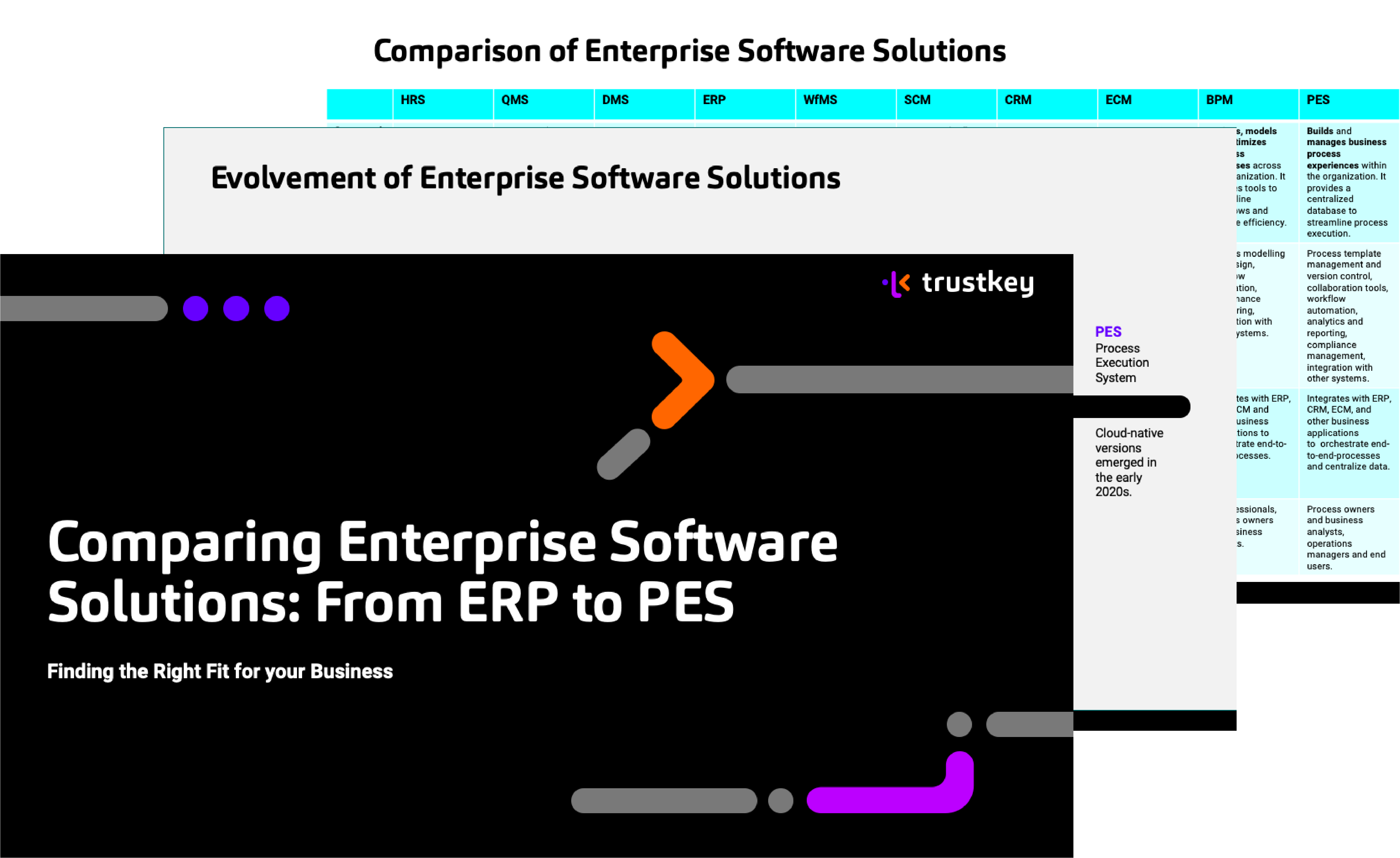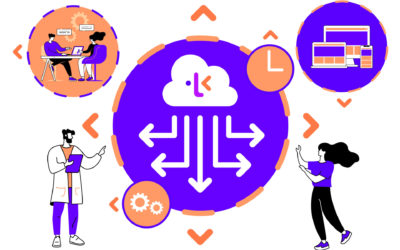Key modules of ERPs
Enterprise Resource Planning (ERP) systems are complex software platforms designed to integrate and manage all the main functions of a business. While specific features can vary depending on the provider and the business needs, there are several key modules that are commonly found across most ERP systems:
Financial Management
This module manages the financial transactions within an organization, including accounts payable, accounts receivable and financial reporting. It helps in ensuring the financial regulations and understanding the financial health of an organization through insights and reports.
Human Resources Management (HR)
HR modules in ERP systems cover everything from payroll, benefits administration, and recruitment to performance evaluation and compliance management. This component simplifies the management of human resources data and automates many HR processes, thereby enhancing efficiency and reducing administrative overhead.
Supply Chain Management (SCM)
SCM modules help manage supply chain operations including procurement, order processing, inventory control, logistics, and distribution. Good SCM integration improves customer satisfaction and profitability by optimizing the flow of goods and materials from suppliers to customers.
Customer Relationship Management (CRM)
CRM features within ERP systems focus on managing customer information, sales leads, customer service, and marketing campaigns. By integrating CRM with other modules, organizations can ensure higher customer satisfaction and loyalty through timely responses and personalized service.
Order Processing
This part of an ERP system handles order entry, order fulfillment, and billing. Integrated order processing systems ensure that the order management cycle is efficient and customer-facing processes are streamlined.
Manufacturing
This includes tools for product planning, material sourcing, daily production monitoring, and the integration with plant equipment. It helps manage the complete manufacturing process from planning and procurement to production and quality check, optimizing the production cycle and inventory of finished goods.
Inventory Management
Inventory modules help track stock levels, manage reorders, and optimize warehousing operations. They are crucial for reducing carrying costs and ensuring the availability of products for production and sales without overstocking.
Asset Management
This component includes tools for tracking the lifecycle of assets from acquisition, usage, maintenance, and decommissioning. Asset management helps in optimizing the usage and reducing the costs of operating assets.
Compliance and Risk Management
Ensures that the business adheres to laws and regulations applicable to its industry. This module helps manage risks by providing frameworks and tools for monitoring compliance and operational risks.
E-Commerce Integration
For businesses that sell online, e-commerce integration is essential. This ensures that data flows seamlessly between the ERP and the e-commerce platform, aiding in inventory management, sales processing, and customer relationship management.
Project Management
This component manages projects from planning and scheduling to successful execution. It helps track project costs, resources, and timelines, and integrates with other modules for real-time insights into financials, resources, and operational constraints.
Business Intelligence (BI)
BI tools are essential for analyzing data from all ERP modules and turning it into actionable insights. This involves reporting, analytics, data mining, and can include more advanced predictive analytics and machine learning capabilities.
These modules work together to provide a comprehensive view of the enterprise’s operations and improve management control and efficiency.




